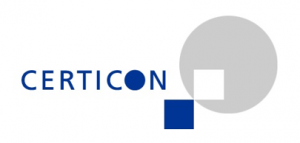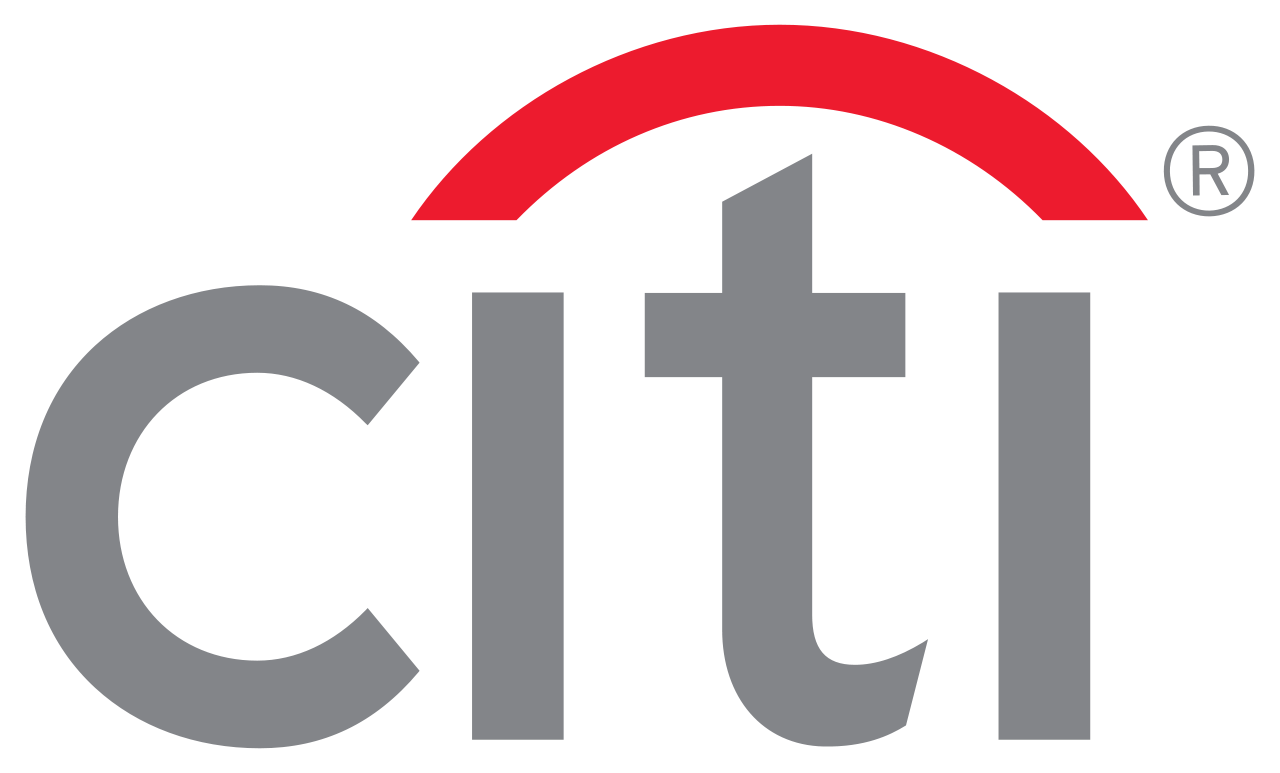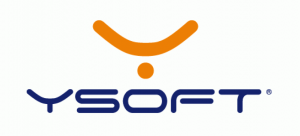PwC: Fuel efficiency and emissions are key destinations for aerospace industry
6.09.2010Company: PricewaterhouseCoopers Česká republika, s.r.o.
Many aerospace companies are taking pro-active steps to reduce greenhouse gas emissions and energy consumption. Today’s jets are 70% more fuel efficient than those produced 40 years ago, however further improvements are planned, according to the latest PricewaterhouseCoopers report “Aerospace and Defence; Sector climate change responses”.PwC:
Úspora paliva a snižování emisí jsou klíčovými cíli pro letecký průmysl
Massive research efforts are looking to drive technological advances – for example the Clean Sky Joint Technology Initiative (JTI), a combined effort shared between the European Commission and industry, is dedicating an estimated 1.6 billion Euros to researching ‘breakthrough developments’ across the entire aeronautic supply chain.
“For the aerospace companies, improving the fuel efficiency and emissions profile of aircraft is a major area of focus,” said Martin Scott, environmental taxation expert at PricewaterhouseCoopers Czech Republic.
The aviation industry is actively seeking to improve the carbon profile of existing aircraft and aerospace companies are providing solutions, such as retrofitting existing aircraft wings with new winglets, which reduce drag and improve fuel efficiency. Aerospace companies are also refining aircraft operation specifications to include fuel saving attributes, e.g. continuous descent, weight reduction, maintenance actions, flight planning accuracy, fuel planning and routing etc.
“Infrastructure to support these approaches are already being developed through the Single European Sky and US NextGen projects, and the aviation industry has stressed the importance of streamlining air traffic control processes to reduce fuel use,” said Martin Scott.
What is expected to be done?
The International Civil Aviation Organization (ICAO) is leading industry efforts and has been tasked by the UN to coordinate emissions regulation for the industry. At a high-level meeting on International Aviation and Climate Change held in Montreal in October 2009, the ICAO affirmed the collective commitments announced on behalf of the international commercial air transport industry:
• A cap on aviation CO2 emissions starting in 2020 (carbon-neutral growth)
• An average improvement in fuel efficiency of 1.5% per year from 2009 to 2020
• A reduction in CO2 emissions of 50% by 2050 relative to 2005 levels.
The business aviation community also announced similar targets, sharing the goal of carbon-neutral growth by 2020, and committing to an average increase in fuel efficiency of 2% per year from 2009 until 2020 and a reduction in total CO2 emissions by 50% by 2050 relative to 2005.
The ICAO also intends to establish a process to develop a framework for market-based measures in international aviation. Passenger and cargo operators flying within Europe already need to cope with the impending inclusion of aviation operators in the EU Emissions Trading System (EU-ETS). Given that the ICAO has not yet developed an international scheme, the EU has moved forward and extended its emissions trading scheme to aviation beginning in 2014. Inclusion of airlines into the EU-ETS will create new assets and liabilities on the balance sheet worth around $4.5 billion per year at current prices.
“Not all airlines will be impacted equally. Those already making investments in a fuel-efficient fleet will be less affected,” Martin Scott added.







